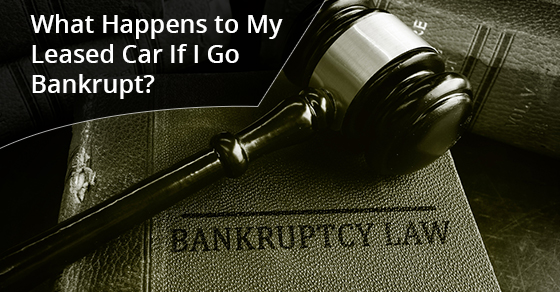Consumer proposal and bankruptcy laws both deal with the same thing: a person’s unsecured debts. These can be anything from lines of credit, credit cards, debts on income taxes, and personal loans. Thus if you are filing a proposal or for bankruptcy, you have the option of keeping the secured item and continuing payments or giving up the item and having the debt included in your filing, which includes your car loan, mortgage, and any secured credit lines that you have.
What is a Secured Debt?
A secured debt has been tied to one of your assets. Assets can include your car, house, or other items a creditor has taken security on. When assets are tied to a debt, you can risk losing them if you fail to make payments on the debt.
When you have a secured debt, the lender will place a lien or mortgage on the particular asset. This security allows them to take the necessary steps to repossess the asset should you fail to pay according to the schedule that you’ve agreed to. When the lender is forced to repossess the asset, it will then be sold. This is what happens when repossessed cars and foreclosed homes are sold. If the sale price from the asset doesn’t cover the entire debt, the lender has the right to demand the remaining difference from you.
It is also important to understand that when you have a secured debt, you’re not the full owner of the related asset until you’ve finally repaid the loan. The asset always belongs to the lender.
What is an Unsecured Debt?
Unsecured debts don’t have the same assets as secured debts. The lender has not registered a lien against your asset(s), which means that they don’t have any collateral to use should you cease to make timely payments. Lenders might use a number of different actions to secure payments, such as garnish wages or pursue a court order to go after assets.
Also, credit bureaus will be informed that you have a delinquent payment status, and your credit score will suffer.
The most common type of unsecured debt is credit card debt. Other types of unsecured debt include certain lines of credit, some income tax debt, medical bills, payday loans, court-ordered child support, and student loans.
Is a Leased Car a Secured or Unsecured Debt?
If you lease a vehicle it actually means that it is not registered in your name. The leasing company has the right to repossess the car if you fail to make payments on your lease according to the payment schedule. In this way, it is very similar to having a secured debt.
If you aren’t behind on any of your lease payments, the leasing company has no right to cancel your lease. If you are able to maintain your payment schedule, lease cancellation isn’t an option, even if you file for a consumer proposal or bankruptcy. If the leasing company threatens to cancel your lease despite your payments being current, you should inform your trustee as soon as possible so that your trustee can place the company on notice.
What to do if You Break Your Lease
You have the choice to break your car lease when you initially complete your filing paperwork for a bankruptcy or a proposal. The trustee can help you navigate the process of returning the vehicle properly.
Before you complete your filing, you should give your trustee detailed information about your car lease. This includes your monthly payments, the amount of time left on your lease, whether you’re up-to-date on paying, and whether or not you intend to break the lease.
To speak to a trustee about booking a free debt consultation, call Kevin Thatcher at 1-888-329-5198 or fill out the contact form available online.

